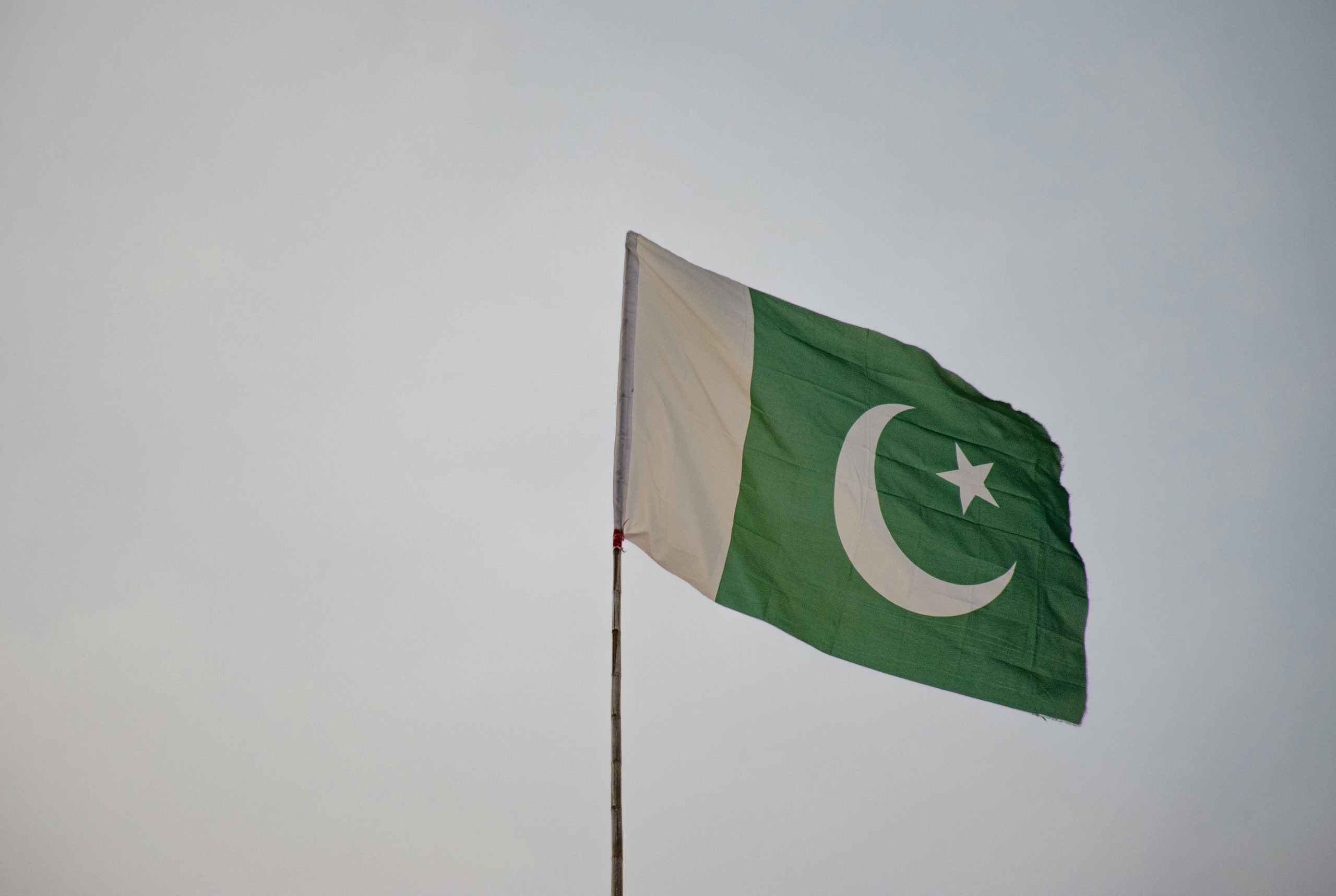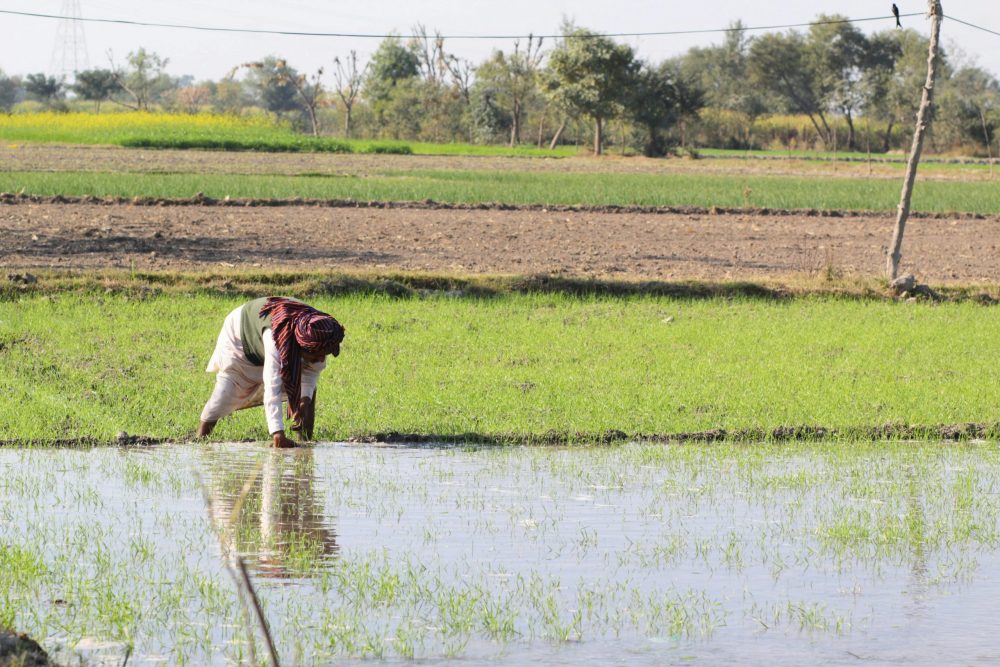Background
Pakistan has struggled to raise public finances in recent years, a problem which has been made worse due to rapid urbanization. Urbanization has pronounced the need for additional development efforts primarily dependent on revenue generated at the local level. councils. Property taxes stand out as an important instrument to raise local revenue. Throughout OECD countries, a group of predominantly high-income economies, property taxes are equivalent to about 2% of the GDP, while emerging markets collect property taxes equivalent to about 0.6% of their GDP. Pakistan collects just 0.1%, making property tax a severely under-utilized revenue source.
Growing revenue shortfall has led to worsening urban delivery deficits. As an illustration, the latest Pakistan Social and Living Standards Measurement (PSLM) Survey 2018-2019 shows that one in five urban households report not having access to clean drinking water for more than six hours a day. This underlines the importance of property taxes as a means to enhance own source revenue. Being a local tax, it can help mend the broken links between the taxpayer and the state.

Figure 1: KPK Direct Taxes, Annual Receipts
How Property Taxes work in Pakistan
Pakistan inherited the tax structure of pre-partition India as per the Government of India Act. Since 1958, provinces utilize the Urban Immovable Property Tax (UIPT) to collect tax on both residential and commercial properties in the country. The UIPT remains a local tax and while it should be collected by the urban local governments i.e. the Tehsil Municipal Administration (TMAs), it is currently collected by the provincial government’s Excise & Taxation Departments upon a charge of 15% of collection fee due to institutional incapacity. This is expected to change with the new decentralization laws that give more power to the TMAs in tax collection.
The following figure provides a starting point to explain what constitutes property tax:

Figure 2: What constitutes Property Tax?
The UIPT is currently assessed on the Annual Rental Value (ARV) of the property that is the maximum revenue that can be generated if the property was hypothetically rented out for a year. Currently the UIPT is set at 5% of the ARV. However, valuation can also consist of capital and area-based values.
The number of properties that are taxed is the registered tax base. Tax is collected on the registered properties falling under the tax net. The tax base can be expanded by including more properties under the tax net or contracted by giving out exemptions, according to government policies.
There has also been a policy debate around what should be covered by the UIPT and how to expand its coverage.

The Case for KPK – Major Collection Impediments and Recommendations
For several years, Khyber Pakhtunkhwa (KP) has had low property tax collection and struggled to increase its share. The KP Excise, Taxation & Narcotics Control Department was established as a full-fledged department in 2000, having previously been affiliated with the KP’ Board of Revenue and Finance Department. Some improvements can be seen. In the FY2020, the province collected property tax worth PKR 702 million or 2.2% of the provincial GDP, achieving an 81% recovery rate. The following figure depicts the targets and recoveries of UIPT in KPK over the past 6 fiscal years.

Figure 3: KPK Recovery of UIPT in last 5 years, Source: KPK E&T Department
In the most recent Finance Bill for FY21, the KP Government has introduced specific measures to increase property tax collection. Firstly, the share of property tax revenue released to TMAs has been increased from 50% to 85% to provide more funds for local service delivery. To motivate taxpayers, 20% of the tax amount is to be paid back to those who have paid their tax in advance for the whole year. This amount has increased by 10% since last year. Similarly, outstanding tax payments are now allowed to be paid in 12 installments with a 25% to 30% lump sum discount until June 30, 2021.
Despite these measures, there still exists some deep-lying structural issues that must be addressed to allow KP to leverage this crucial source of revenue.
Low Taxpayer Morale and Accountability
As mentioned earlier, property tax by nature is a local tax and therefore could go a long way in mending broken linkages between the state and taxpayers. However, local service delivery through these taxes is a major issue ignored by the provinces in the past. In Punjab for example, since the devolution of power in Pakistan in 2010, none of the 144 TMAs were able to expand the limits of property tax collection. In KP, even though a greater share at85% was granted to the TMAs, local service delivery remains stymied as most of these funds are consumed by salaries. Overreliance on urban taxation is visible in the Hayatabad area of Peshawar which currently generates 30% of KP’s own-source revenue but these funds have not influenced development expenditures as they are not able to reach local development authorities.
A possible solution to re-establish trust between the taxpayer and state could be through enhanced communication via forums such as local town hall meetings where the citizenry can communicate their preferences and willingness to pay for these goods to the local governments. To expand tax collection in newer areas with fewer services, reduced tax rates could be levied. The new KP Finance Bill has also brought in regulations to ensure smooth transfer of tax receipts from the TMAs to local development authorities to further ease spending on service delivery
Nevertheless, a greater problem lies in the shape of weak taxpayer morale. Albeit Pakistan has seen a surge in the demand for private housing societies in recent years, citizens do not seem to display the same level of enthusiasm for paying for public goods with their taxes. Moreover, political economy brews another challenge as federal and provincial politicians actively give exemptions that deny local governments the resources they need for municipal development.
In this context, measures need to be enacted to stimulate general taxpayer motivation to pay taxes. For example, to ‘jump-start’ the cycle of trust, ‘gateway’ taxes can be especially important and could take the form of small, local taxes with clearly visible service provision returns to re-kindle trust between citizens and the state to increase overall tax compliance. Communication to advertise property taxes as ‘benefit taxes’ that clearly link revenues to services could also play a vital role. I Illustrations of this can be seen in Lagos, Nigeria where billboards had been erected to show where property tax revenue was being spent on as well in Kampala, Uganda where provisions were introduced to ensure that at least 75% of property tax receipts were used for development expenditure.
The KP government in the recent Finance Bill has tried to work on these issues by abolishing around 200 taxes with a high cost-to-revenue ratio and spent substantially towards COVID-19 relief efforts in the province as an experiment of ‘gateway spending’ to boost taxpayer willingness.
Valuation
The method of valuation of property tax in Pakistan poses a number of policy concerns. . Using rental values for property tax calculation estimates tax according to the current instead of the best possible use of the property. This can disincentivize people to invest in buildings. The UIPT also has wide differential rates for owner-occupied versus rented out properties, going as high as 1:10 in Punjab. Long time lags in valuation lead to low tax collections as values are not updated regularly. Currently plots up to 5 marlas are exempted from taxation in Punjab. This leads to a loss of 30% of tax revenues.
Some possible solutions to improve efficiency of this tax could be to a) eliminate the tax differentials between owner occupied and rented property rates, b) revise valuation – the KP government is currently working towards a pilot similar to Punjab’s E-stamping model that uses centralized satellite imagery, to collect market value data and compare the differences in rates between local Deputy Commissioner (DC) and Federal Board of Revenue (FBR) and c) increase the frequency of valuations in rapidly urbanizing areas to have more recent data on valuations.
Administration and data storage issues abound. Key information on land sizes, location, occupancy status, number of owners, tax liabilities etc. are stored in analog registers making it difficult to retrieve information and hindering evidence-based policy making. In order to address these issues, the KP government has actively promoted a digitization policy via surveying and geocoding properties. Surveys are being designed to identify essential features for a digital billing system under varying tax bases/rates.
Though digitization offers a promising solution to root out collusion and corruption and hence create efficiency and ultimately reduce trust deficit between the citizens and the state, policymakers cannot eliminate the role of actual personnel in the administration of this tax. A study by Khwaja, Khan and Olken in 2014 in Punjab shows that motivating property tax collectors through monetary (performance pay) and non-monetary (merit-based transfers and postings) not only increased tax collection by 40% but also provided a cost-effective alternative for doing so. Therefore, digitization coupled with better incentives can go a long way in improving property tax revenue outcomes in Pakistan.
This article is based on a webinar talk organised by CDPR in partnership with SEED and IGC Pakistan. Watch the full session here.
Watch the key takeaways in a shorter video here.




